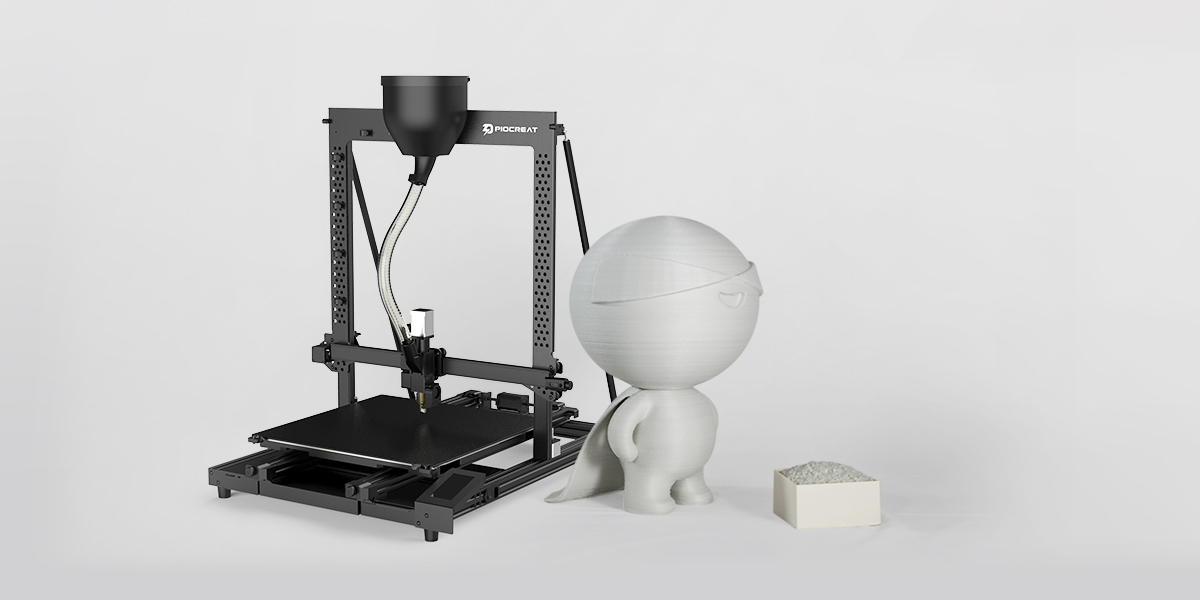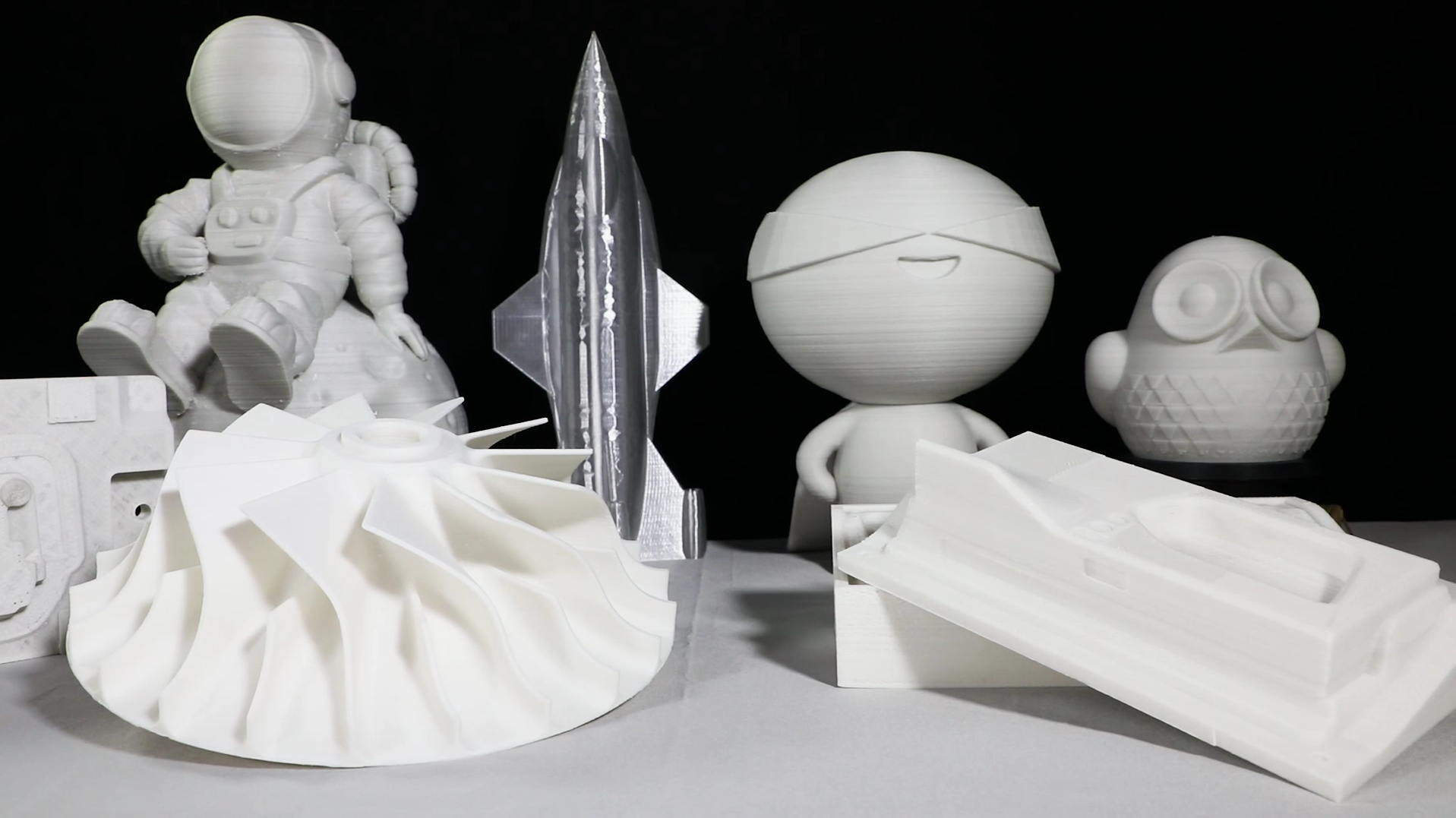Industrial-grade 3D printers are mainly used in the design, trial production and rapid printing of new industrial products; creative product and toy model cloning; human organs in the medical industry; medical device printing; architectural model production; education, scientific research, military and other fields;

Perhaps in our daily work and life, we cannot easily access industrial-grade 3D printers, but with the rapid development of 3D printing technology, they have been more and more used in design and industrial manufacturing, in a subtle way. It affects us every day. Many domestic 3D portrait customization companies use plaster 3D printers based on 3DP technology; 3D printing manufacturers provide 3D printing services for the automobile manufacturing industry, and even customize 3D printers for automobile mold manufacturing and component production.
On the other hand, industrial 3D printers represent the most cutting-edge 3D printing technology. On industrial models, new technologies can always be transformed into productivity and realize commercial value quickly, thereby promoting the development of 3D printing technology in the opposite direction; In the consumer field, more advanced and better-use 3D printers will also be launched faster. We have reasons to continue to pay attention to industrial-grade 3D printers.
Industrial 3D printers are completely different from civilian ones. Industrial-grade products are used as examples to achieve different purposes, using a variety of technologies to produce rapid prototyping. Although 3D printing is costly, its added value is higher. This is the value of their existence, and there are three Ten years.
 Specific application areas include:
Specific application areas include: 1. Industrial manufacturing: product concept design, prototyping, product review, functional verification; making mold prototypes or directly printing molds, directly printing products. 3D printed small unmanned aircraft, small cars and other concept products have come out. 3D printed household appliance models are also used in corporate publicity and marketing activities.
2. Cultural creativity and digital entertainment: artistic expression carriers with complex shapes and structures and special materials. The science fiction movie "Avatar" used 3D printing to shape some characters and props; the 3D printed violin was close to the level of craftsmanship.
3. Aerospace, national defense and military industry: direct manufacturing of parts and mechanisms with complex shapes, fine dimensions, and special performance.
4. Biomedicine: artificial bones, teeth, hearing aids, artificial limbs, etc.
5. Consumer goods: design and manufacture of jewelry, apparel, footwear, toys, creative DIY works.
6. Building engineering: building model wind test and effect display, building engineering and construction (AEC) simulation.
7. Education: Models verify scientific hypotheses and are used in experiments and teaching in different subjects. In some middle schools, universities and military colleges in the United States, 3D printers have been used for teaching and scientific research.
8. Scientific research: Researchers from Drexel University in the United States made 3D models suitable for research by 3D scanning the fossils and using 3D printing technology, which not only retained all the external features of the original fossils, but also made the proportions. Reduced, more suitable for research.
9. Cultural relics protection: Many complex substitutes are often used in museums to protect original works from the environment or accidents. At the same time, reproductions can also affect art or cultural relics more and farther people.
10. Food industry: Researchers are already trying to print chocolate. Perhaps in the near future, many foods that look exactly the same will be "printed" with food 3D printers. Of course, by then, artificially-made food may be many times more expensive.
11. Personalized customization: network-based data download, e-commerce personalized printing customization service.


